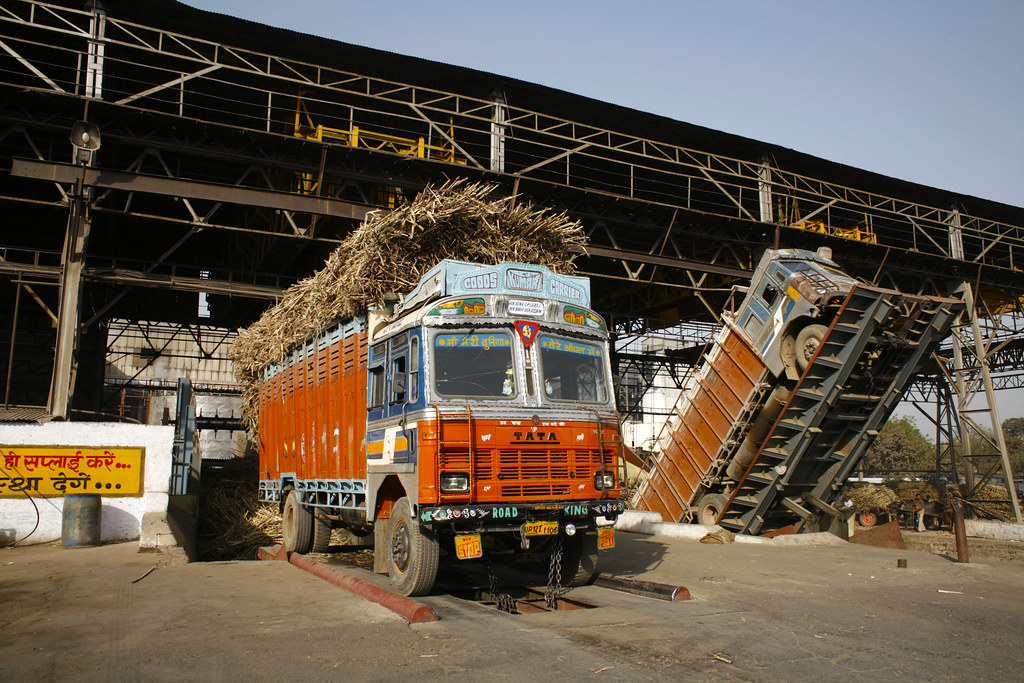
By Growth Energy Senior Vice President of Global Markets Craig Willis
Last year, India announced it would set a target to achieve a blend rate of 20 percent ethanol into their fuel supply by 2030, exciting global ethanol producers. As one of the world’s largest developing economies, there is huge potential for growth in its motor gasoline use. India is expected to become the third-largest passenger-vehicle market by 2021 with a growing mobile middle class. At a 20 percent blend rate for fuel ethanol, India could become one of the world’s leading consumers of ethanol – but they still have a long road ahead.
India does not currently allow the import of ethanol for fuel use. If India is aiming to meet this ambitious goal, they most likely won’t have enough domestic resources to do so. India would need support from international producers to meet their biofuels blending goals, but its powerful sugar lobby and the ethanol trading barriers put in place by the Indian Directorate General of Foreign Trade (DGFT) may slow the opening of markets to international producers.
India’s Sugar Influence Over Ethanol
Sugar has long been a political hot point in India, where it is the staple crop in many of its key political states. Due to large surpluses in sugar supply and low international sugar prices, Indian Prime Minister Modi decided to pursue 10 percent ethanol blends as a means to help sugar mills pay off debt to sugar farmers in the country. At the time of his announcement, sugar prices were at the lowest point in nearly ten years and debts owed to sugar farmers from mills had reached billions of dollars in 2018 alone. However, the same constituency who facilitated a move to a national blending requirement for ethanol, may also be the largest barrier to international producers gaining access to the market in the short-term.
The Slow, Yet Steady, Move Towards Biofuels
Last month, the DGFT announced it would further restrict biofuels imports – including ethanol, biodiesel, and petroleum oils – by requiring an import license from the DGFT. This restriction marks the second biofuels-related trade restriction in the past year that directly benefits India’s sugar farmers and mills who want to avoid competition from international producers. However, instituting these restrictions will further complicate access to the market for U.S. ethanol producers, thus slowing India’s ability to meet its blending goals and undermining free markets.
Despite subsidized pricing for ethanol, it is unclear if India can reach its goal of a 20 percent blend by 2030. According to a U.S. Department of Agriculture report, India has a track record of falling short of its ambitious biofuels targets and we may see them do so again without necessary help from ethanol imports.
Whatever the short-term outcome of Indian ethanol blending may be, U.S. and international ethanol producers would be wise to continue to engage with the Indian government and push for reduced trade barriers. India will need help from international ethanol producers to meet their targets and provide a cleaner, more affordable fuel option at the pump for the densely populated nation.